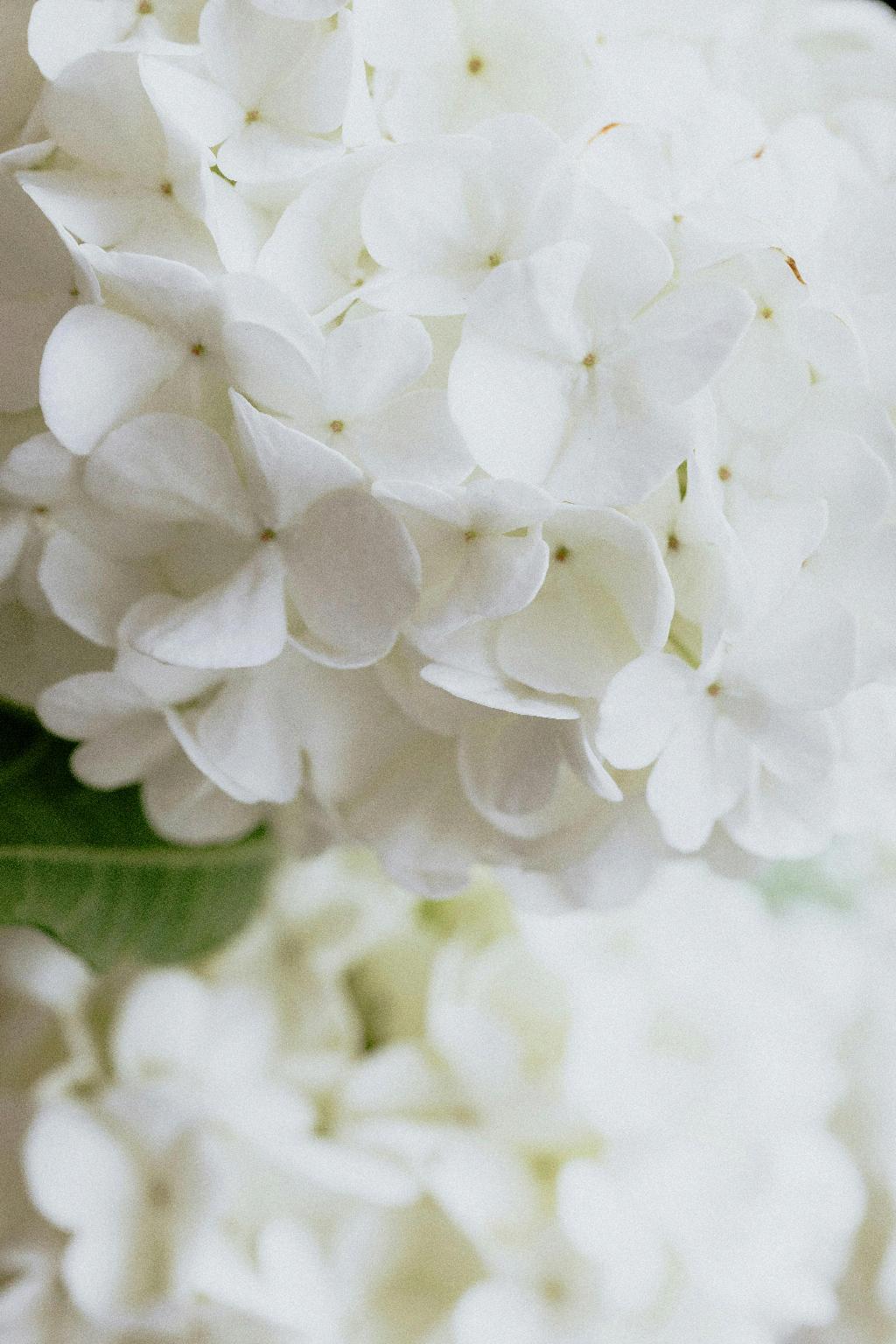Hydrangeas are beloved for their beautiful blooms, but there may be times when your hydrangea doesn’t live up to its full blooming potential. If you’ve found yourself asking, “Why didn’t my hydrangea bloom?”, there are a variety of factors to consider.
1. Impact of Environmental Conditions
One of the key reasons why your hydrangea may not be blooming as expected is due to environmental factors. Extreme heat, drought, or too much sun exposure can stress the plant, leading to a decrease in blooming. Hydrangeas prefer partial shade and consistent moisture to thrive and produce abundant flowers.
2. The Importance of Pruning
Proper pruning practices play a crucial role in hydrangea blooming. If your hydrangea is not blooming, it might be due to incorrect pruning techniques. Hydrangeas bloom on old wood, so if you prune them at the wrong time or cut off too much of the older growth, you may be inadvertently removing next year’s flower buds.
3. Understanding Your Hydrangea Variety
Hydrangeas come in various types, and each variety has different blooming characteristics. Some hydrangeas bloom on old wood, while others bloom on new wood. Knowing the type of hydrangea you have can help you determine the best care and pruning schedule to ensure optimal blooming.
4. Soil pH and Fertility
The acidity or alkalinity of your soil can also impact hydrangea blooming. Hydrangeas can change color based on soil pH, with acidic soil producing blue flowers and alkaline soil yielding pink flowers. Ensuring the right soil pH and providing adequate nutrients can help promote healthy blooms.
5. Over-Fertilization and Nutrient Imbalance
While it’s important to provide essential nutrients to your hydrangeas, over-fertilization can have a negative impact on blooming. Excessive nitrogen, for example, can lead to lush green growth at the expense of flower production. Balancing nutrients and avoiding overfeeding is crucial for encouraging blooming.
6. Watering Practices
Inconsistent watering or water stress can hinder hydrangea blooming. Hydrangeas prefer moist, well-draining soil to support healthy growth and flowering. Avoid letting the soil dry out completely between waterings, especially during hot and dry periods, to help your hydrangea bloom to its full potential.
7. Pest and Disease Issues
Pest infestations or disease can also impact hydrangea blooming. Common pests like aphids or fungal diseases can weaken the plant and hinder flower production. Regular monitoring, proper sanitation, and timely treatment can help protect your hydrangeas from these threats and promote blooming.
8. Proper Planting Location
The location where you plant your hydrangea can influence its blooming performance. Make sure your hydrangea gets the right amount of sunlight based on its variety, as too much or too little sun can affect blooming. Proper air circulation and spacing can also contribute to healthier blooming.
9. Consideration of Seasonal Changes
Hydrangea blooming can vary with seasonal changes. Some hydrangea varieties bloom in spring, while others produce flowers in summer or fall. Understanding the blooming cycle of your hydrangea can help you anticipate when to expect flowers and adjust care practices accordingly.
10. Resilience and Recovery
Even if your hydrangea didn’t bloom as expected in a particular season, don’t lose hope. Hydrangeas are resilient plants that can recover with proper care. By addressing any underlying issues, adjusting your care regimen, and being patient, you can help your hydrangea regain its blooming glory in the future.
11. Seeking Expert Advice
If you’re still puzzled about why your hydrangea isn’t blooming or need personalized guidance, don’t hesitate to consult with gardening experts, local nurseries, or extension services. They can offer valuable insights, tips, and recommendations to help you troubleshoot blooming issues and revitalize your hydrangeas.

12. Enjoying the Beauty of Blooming Hydrangeas
Ultimately, the joy of seeing your hydrangea in full bloom is worth the effort and care you put into growing these stunning plants. By understanding the factors that can affect blooming, being proactive in plant care, and appreciating the beauty of each flower, you can create a vibrant and flourishing hydrangea garden that brings you endless delight.
